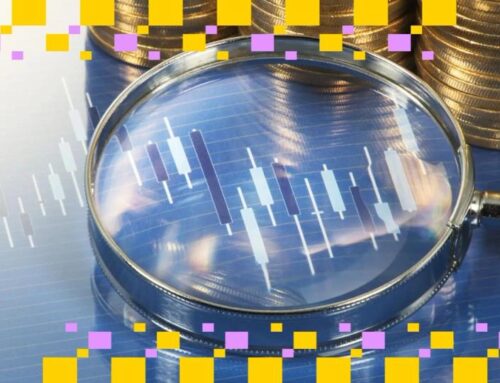Stock market today: Dow loses steam, S&P 500, Nasdaq reverse gains as White House confirms
April 8, 2025
LIVE
Updated 4 mins ago
US stocks lost steam in afternoon trading on Tuesday after the White House said it plans to move forward on a threat to add a 50% tariff on Chinese goods in a move that would bring the overall tariff rate on Chinese goods to 104%. That tariff rate will go into effect at 12:01am ET.
The benchmark S&P 500 (^GSPC) and tech-heavy Nasdaq Composite (^IXIC) each reversed gains to fall around 0.4% and 0.5%, respectively, with Nvidia (NVDA) rising just around 1% by the afternoon after a 7% gain earlier in the session. The Dow Jones Industrial Average (^DJI) rose a modest 0.2%, adding just 70 points. Earlier in the session, the index had added over 1,300 points.
“Americans do not need other countries as much as other countries need us,” White House press secretary Karoline Leavitt told reporters during a briefing. “President Trump has a spine of steel and he will not break.”
^GSPC ^IXIC ^DJI
Buyers had been wading back into the market after Trump’s fast-moving tariff push spurred a roller-coaster session on Monday, which saw the Dow sink 350 points and the S&P 500 cement a historic three-day loss.
Spirits got an initial boost after Treasury Secretary Scott Bessent hailed the start of bilateral trade talks with Japan. The news alleviated fears that the White House wasn’t prepared to cut deals on tariffs, given trade adviser Peter Navarro’s comment to the Financial Times that Trump’s tariffs were “not a negotiation.”
Still, the White House said reciprocal tariffs will continue to go in effect as planned even while deals are negotiated.
But the chances of a trade war between the world’s biggest economies still hung over markets, with Trump’s “reciprocal” tariffs set to go into effect on Wednesday. On Tuesday, China vowed to “fight to the end” if the US continues to pursue what Beijing authorities described as “blackmail.”
Read more: Live updates on Trump tariffs fallout
Some top names on Wall Street — from JPMorgan CEO Jamie Dimon to BlackRock CEO Larry Fink — have started warning about the effects of Trump’s tariffs. Even Tesla CEO and Trump adviser Elon Musk has offered gentle critiques over the past few days.
LIVE 20 updates
Terms and Privacy Policy
Search
RECENT PRESS RELEASES
Related Post




